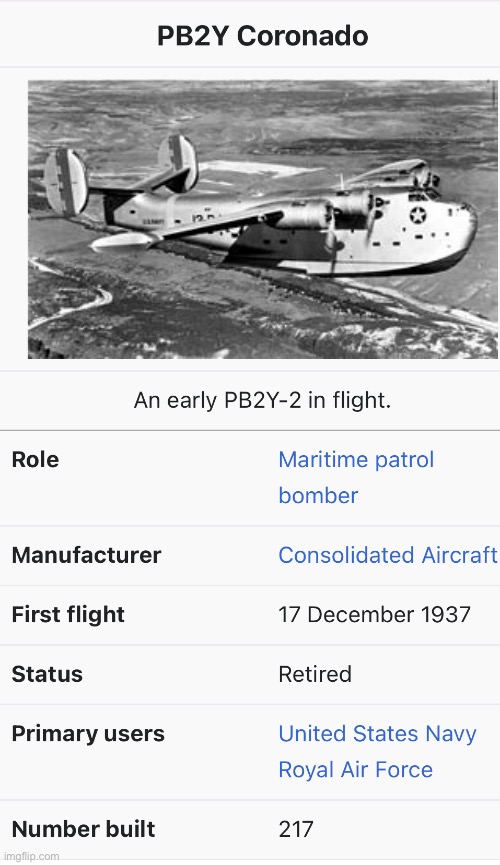
The PB2Y Coronado is a large flying boat patrol bomber designed by Consolidated Aircraft, and used by the US Navy during World War II in bombing, antisubmarine, and transport roles. Obsolete by the end of the war, Coronados were quickly taken out of service. Only one known example remains, at the National Naval Aviation Museum at Naval Air Station Pensacola, Florida.-wikipedia

After deliveries of the PBY Catalina, also a Consolidated aircraft, began in 1935, the United States Navy began planning for the next generation of patrol bombers. Orders for two prototypes, the XPB2Y-1 and the Sikorsky XPBS-1, were placed in 1936; the prototype Coronado first flew in December 1937.[1]
After trials with the XPB2Y-1 prototype revealed some stability issues, the design was finalized as the PB2Y-2, with a large cantilever wing, twin tail with very marked dihedral, and four Pratt & Whitney R-1830 radial engines. The two inner engines were fitted with four-bladed reversible pitch propellers; the outer engines had standard three-bladed feathering props.[2] Like the PBY Catalina before it, the PB2Y's wingtip floats retracted to reduce drag and increase range, with the floats' buoyant hulls acting as the wingtips when retracted. The price of the PB2Y-2 was US$300,000, or approximately three times that of the PBY Catalina.[3]
Development continued throughout the war. The PB2Y-3, featuring self-sealing fuel tanks and additional armor, entered service just after the attack on Pearl Harbor and formed most of the early-war Coronado fleet. The prototype XPB2Y-4 was powered by four Wright R-2600 radials and offered improved performance, but the increases were not enough to justify a full fleet update. However, most PB2Y-3 models were converted to the PB2Y-5 standard, with the R-1830 engines replaced with single-stage R-1830-92 models. As most existing PB2Y-3s were used as transports, flying low to avoid combat, removing the excess weight of unneeded superchargers allowed an increased payload without harming low-altitude performance.[4]-wikipedia
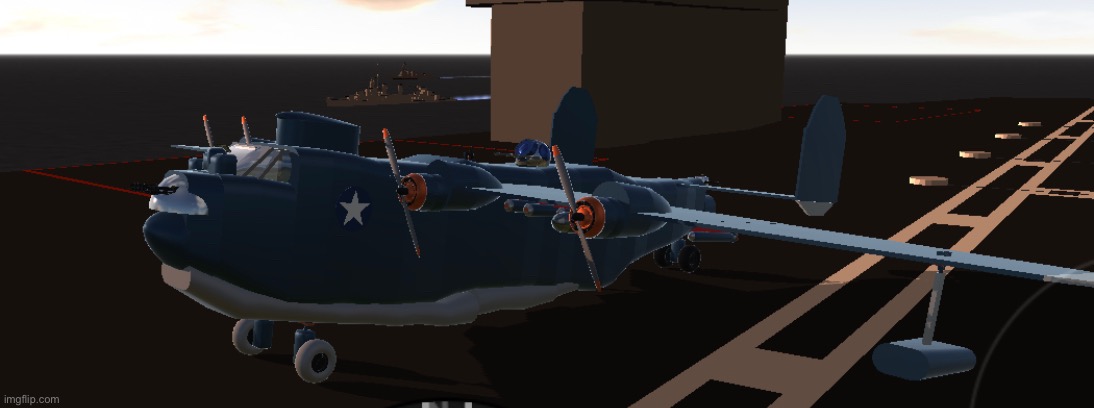
Tips:
?? The plane’s wings are very big and flimsy, meaning that if the plane pitches up or down at a high speed, then the wings will break, instead, at high speeds, pitch the plane carefully.
Specifications
General Characteristics
- Created On iOS
- Wingspan 118.3ft (36.1m)
- Length 83.8ft (25.5m)
- Height 32.1ft (9.8m)
- Empty Weight 40,721lbs (18,471kg)
- Loaded Weight 63,842lbs (28,958kg)
Performance
- Horse Power/Weight Ratio 0.078
- Wing Loading 26.6lbs/ft2 (130.1kg/m2)
- Wing Area 2,396.6ft2 (222.7m2)
- Drag Points 24286
Parts
- Number of Parts 403
- Control Surfaces 12
- Performance Cost 1,792

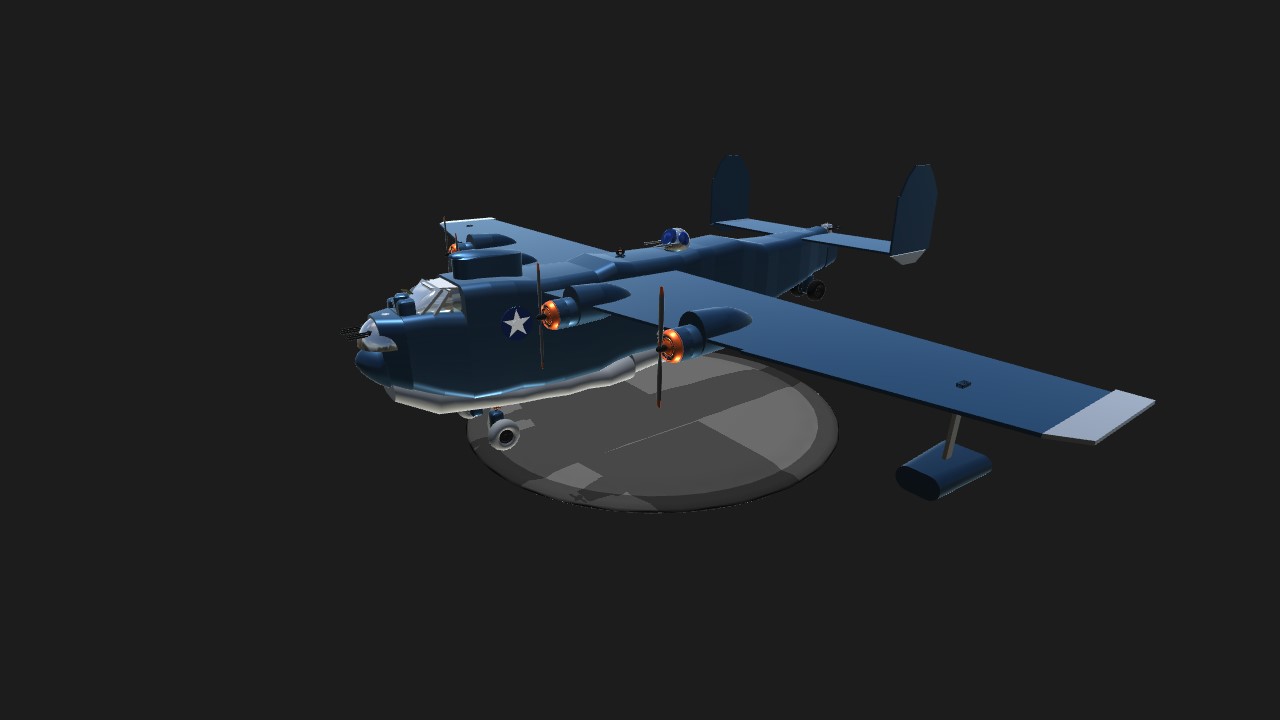
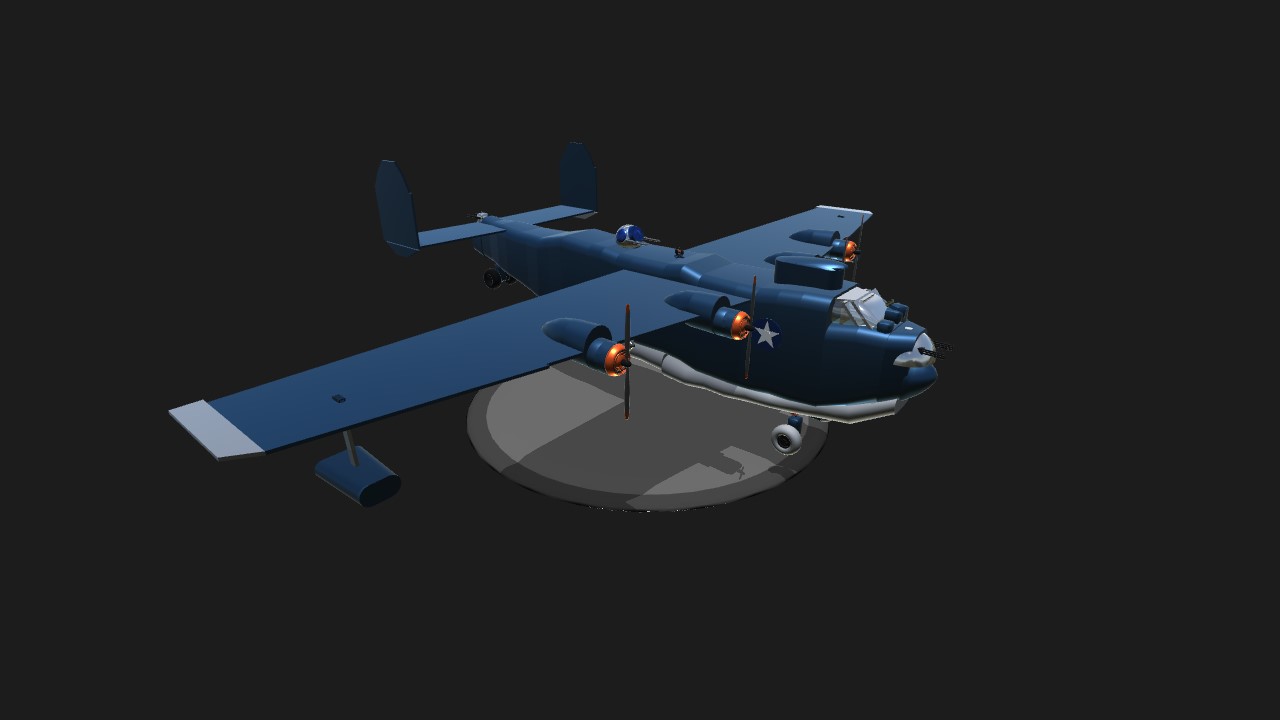

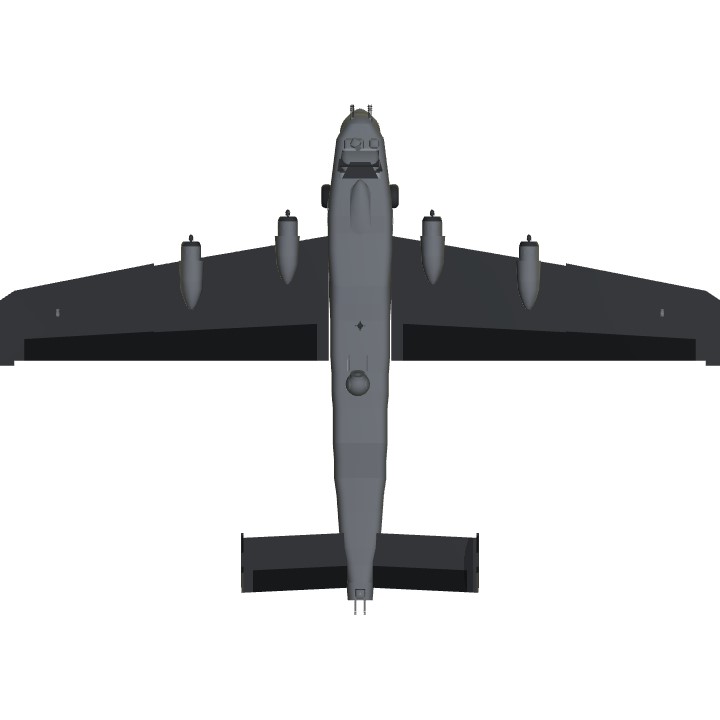
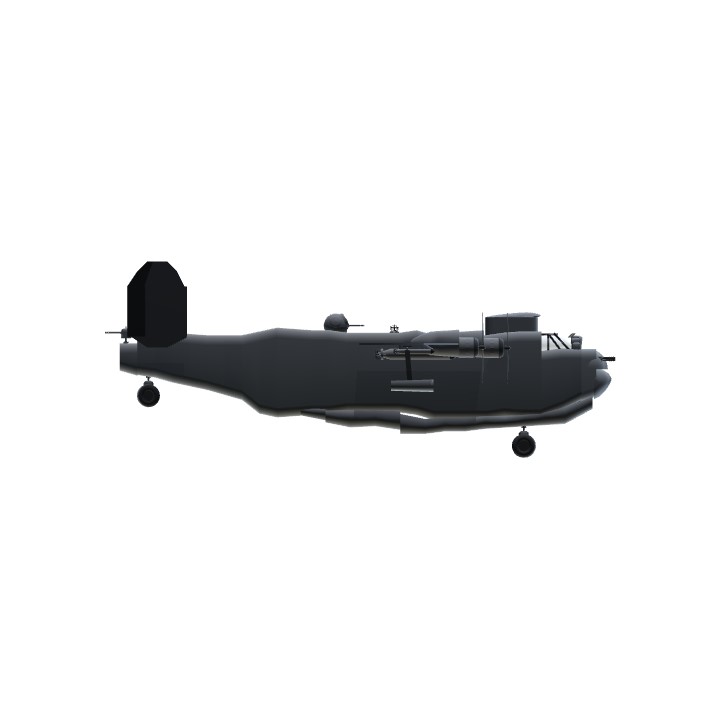
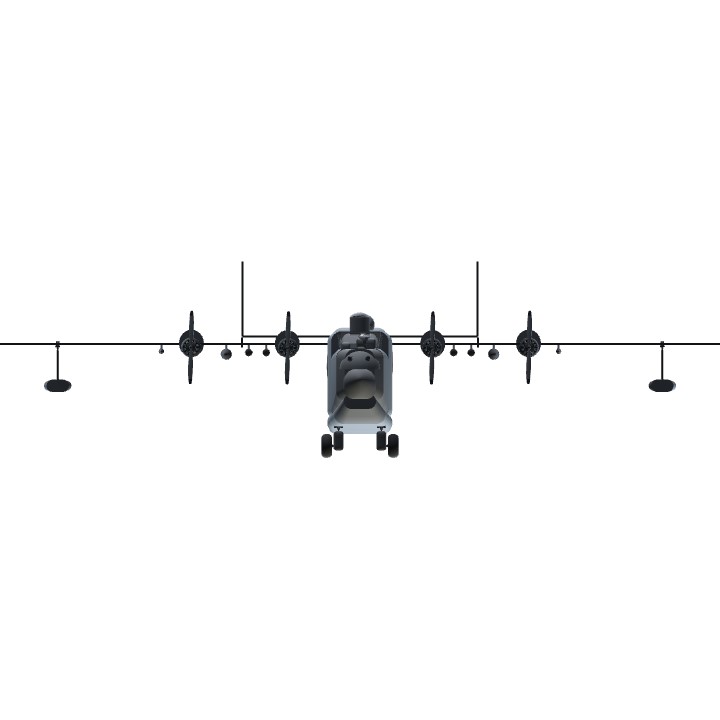
@Kipo the plane was smooth IRL
Why no smooth? >:(